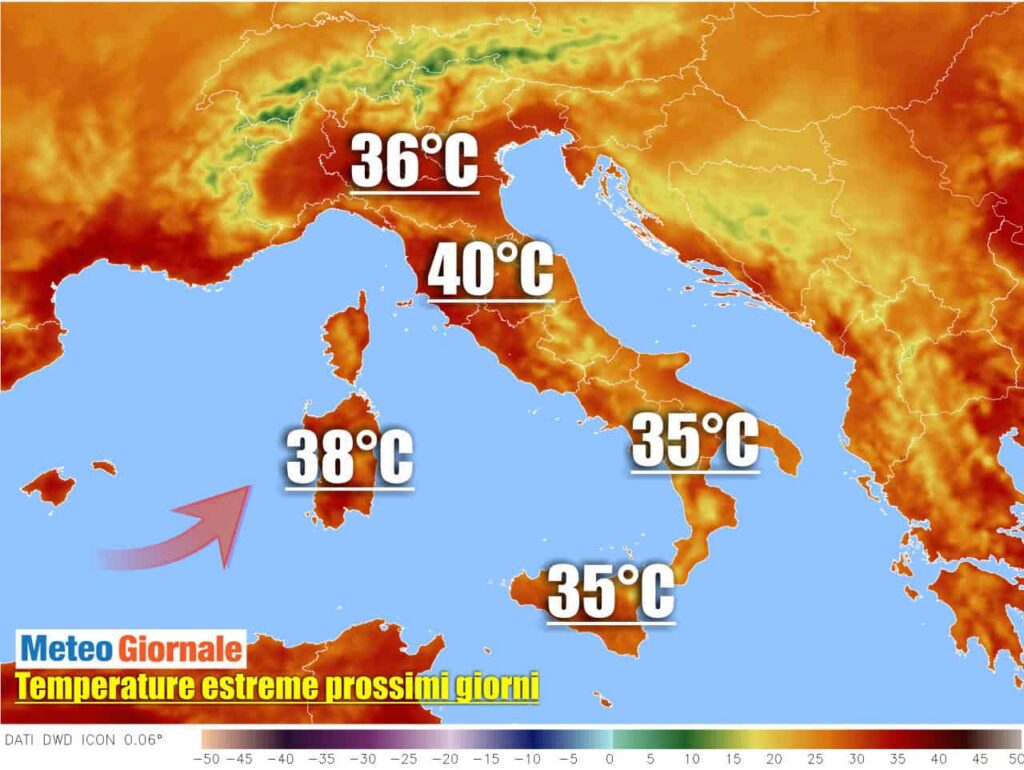The 2023 summer season in Italy has encountered a slight slowdown due to several unfortunate circumstances, including the intense heatwave named ‘Caronte’, the disruption caused by an airport fire in Catania, and the surge in travel costs. According to Assoturismo Confesercenti, there is a modest decline in tourism for August, with approximately 82 million expected tourist arrivals at Italian accommodations – around 7.6 million more than last July but 800,000 fewer compared to August 2022. While this dip isn’t expected to significantly affect the overall season, it raises concerns as the tourism industry had only experienced positive results since last October. Let’s delve into the specific factors contributing to this slowdown, both from domestic and international perspectives.

Challenges Impacting International Tourism: The floods in Romagna during a crucial period for foreign reservations have weighed heavily on international tourist flows. Additionally, the international media’s extensive coverage of the scorching heatwave in Italy has had its impact. Such events have created a hesitant approach among foreign travelers, leading to a more cautious approach when planning their Italian vacations.
Rising Costs and Disruptions for All Travelers: Not only have foreign travelers been affected, but both Italian and international tourists face the consequences of increasing destination prices, partly linked to the rising cost of living. Particularly, the last-minute vacation plans have seen a significant surge in airfare prices and transportation costs, putting a strain on travelers’ budgets.
Assoturismo Confesercenti’s President, Vittorio Messina, comments on the situation: “August will remain a robust month for tourism, but it will likely fall below the initial season’s expectations. Unfortunately, several unfortunate circumstances have negatively influenced the summer season. ‘Caronte’ paradoxically cooled down the summer, and the chaos resulting from the Catania airport fire and subsequent transport difficulties had a negative impact, causing at least 40,000 canceled stays in Sicily. Unforeseen events like these have affected the figures for Italian tourism and the businesses in the sector, which also face the challenge of expensive loans due to rising interest rates. It’s a situation that requires close monitoring.”
Domestic Tourism and Hotel Industry: Confindustria Alberghi, analyzing the August vacation trends, indicates a slowdown in domestic demand for Italian hotels. Although the overall outlook remains positive, compared to the same period in 2022, there has been a deceleration in bookings.
Fortunately, international tourism remains a driving force, with bookings showing a steady increase of around 4 to 5% compared to last August, which already boasted impressive numbers. Notable nationalities contributing to this growth include France, England, Germany, and long-haul travelers from the USA, Brazil, and Australia.
The city art destinations such as Florence (+4.5%) and Rome (+4%) benefit primarily from international tourism. Positive signs are also evident in Venice (+3.5%) and Naples. The luxury tourism segment continues its remarkable growth trend compared to 2022.
In contrast, beach destinations experience a more modest growth of around 1.5% in international tourists and only 0.5% in domestic tourism.
Factors Influencing Domestic Tourism: Several factors contribute to the patterns of domestic tourism, ranging from increased outbound travel opportunities (as last year was still impacted by COVID-19 restrictions) to the effects of inflation. On the other hand, international tourism continues to thrive, driven by constant demand for Italy and a favorable euro-to-dollar exchange rate.
Conclusion: While August remains a solid month for tourism in Italy, various challenges, such as extreme weather, airport disruptions, and escalating costs, have impacted the overall growth rate, causing a slight decline in tourist numbers compared to the previous year. However, the steady growth in international tourism, particularly from key markets like France, Germany, the USA, Brazil, and Australia, continues to offer a glimmer of hope for the industry. Both the government and the tourism sector must closely monitor these developments and work together to ensure the industry’s resilience and sustainable growth in the months ahead.






